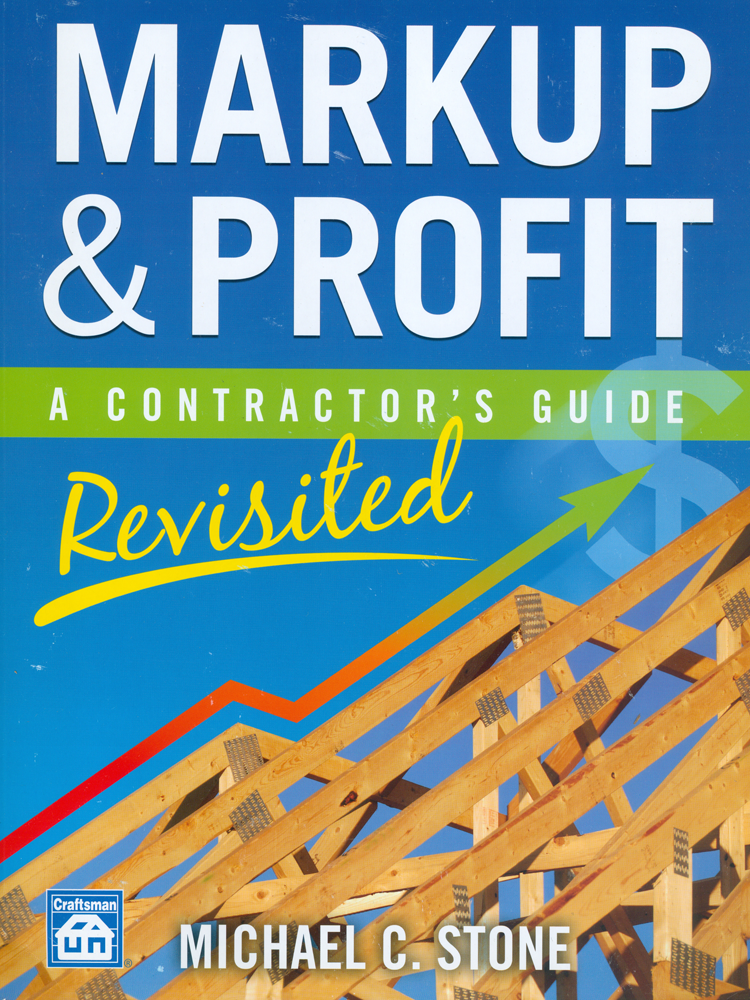Q&A: Helene Hardy Pierce






There’s no hotter topic in the roofing industry that sustainability, but people often disagree on just what the term means. Helene Hardy Pierce, Vice President of Technical Services, Codes, and Industry Relations for GAF, will explore the topic of sustainability and roofing products and systems in her session at the IRE.
Roofing Contractor:Your IRE session is titled “Sustainability: A Discussion of the Requirements, Rating Programs and Eligibility of Roofing Materials & Systems.” How do you define “sustainability,” and do you think that most contractors and manufacturers look at it the same way?
Helene Hardy Pierce: The most concise definition for a sustainable roofing system is ASTM D8’s definition, “a roofing system that is designed, constructed, and maintainable throughout its service life, with an emphasis on using natural resources efficiently and preserving the environment.”
When you think about how contractors and manufacturers look as sustainability, it’s easiest to put into context by thinking about not only “what” is sustainable, but “why” – and the major drivers are energy, the environment, and durability of the roofing system, and those systems that measure well across these three indices should be considered more sustainable that those that don’t.
RC: How do contractors navigate their way through the many rating programs for green products and systems?
HHP: Unfortunately, the entire sustainable conversation is very fragmented — and roofing contractors are well advised to understand what their customer is asking for and what products and system best can meet those specific needs. Literally, from project to project, even the interpretation of a requirement can change. In addition to understanding what their customer is asking for, clear and concise communication of what they are providing can also help contractors avoid problems later in the project.
RC: How can contractors determine which code requirements apply to green systems and products?
HHP: Well, code requirements are there, regardless of whether a roofing system is meeting a “green” project need or not and in fact, compliance issues for what has been touted as “green” are not uncommon. Take vegetative roofing systems which many consider to have extensive environmental, economic, and other benefits, yet there are very gray areas regarding their fire and wind performance. When a contractor is considering the installation of any roofing system, they should work with the building code compliance official to understand what will be accepted (e.g., install a roofing system that meets Class A fire requirements under the vegetative overburden) and what may be required.
The other side of this question is what products or systems are available to meet a “green” code requirement and the project specifier is the best person to define what they are requesting and manufacturers can help roofing contractors with what products/systems can meet those requirements.
RC: Do you think the International Green Construction Code will be incorporated into local codes? How could the IgCC affect roofing contractors?
HHP: Yes, although its manner of adoption has generated a lot of interesting conjecture. One of the more benign explanations or interpretations is that states/municipalities may adopt as the measure to be used to make “green” claims. This adoption path, where in order to claim that a building is “green” it will need to comply with the IgCC, is not mandating its use by building owners categorically without exception but requiring it to be used where the property owner makes a decision to do so.
With regards to roofing contractors, its affect will be surely based on the adoption and enforcement in their locality – and that adoption can vary significantly based on interpretations and specific mandates selected when it is adopted since the IgCC has significant jurisdictional requirements that are defined by the jurisdiction through a series of choices and alternatives.
RC: How can contractors obtain information about materials and make product submissions accurately and easily?
HHP:Manufacturers have invested significant resources in understanding what requirements are for their products and then providing information for their customers about which products and systems they offer can meet specific requirements. Because of this, I strongly recommend that roofing contractors contact their manufacturer’s technical support team for assistance if they don’t have local representation that can provide clear and concise assistance. There are also tools available online such as ecoScorecard™ that prepare green building program submittals for roofing contractors. This type of tool generates program specific submittals based on the inputs the user provides, such as having to meet LEED® New Construction v2.2.
Wherever a roofing contractor looks for assistance, they should make sure that they document compliance for job submittals and not depend upon verbal assurances.
Looking for a reprint of this article?
From high-res PDFs to custom plaques, order your copy today!








